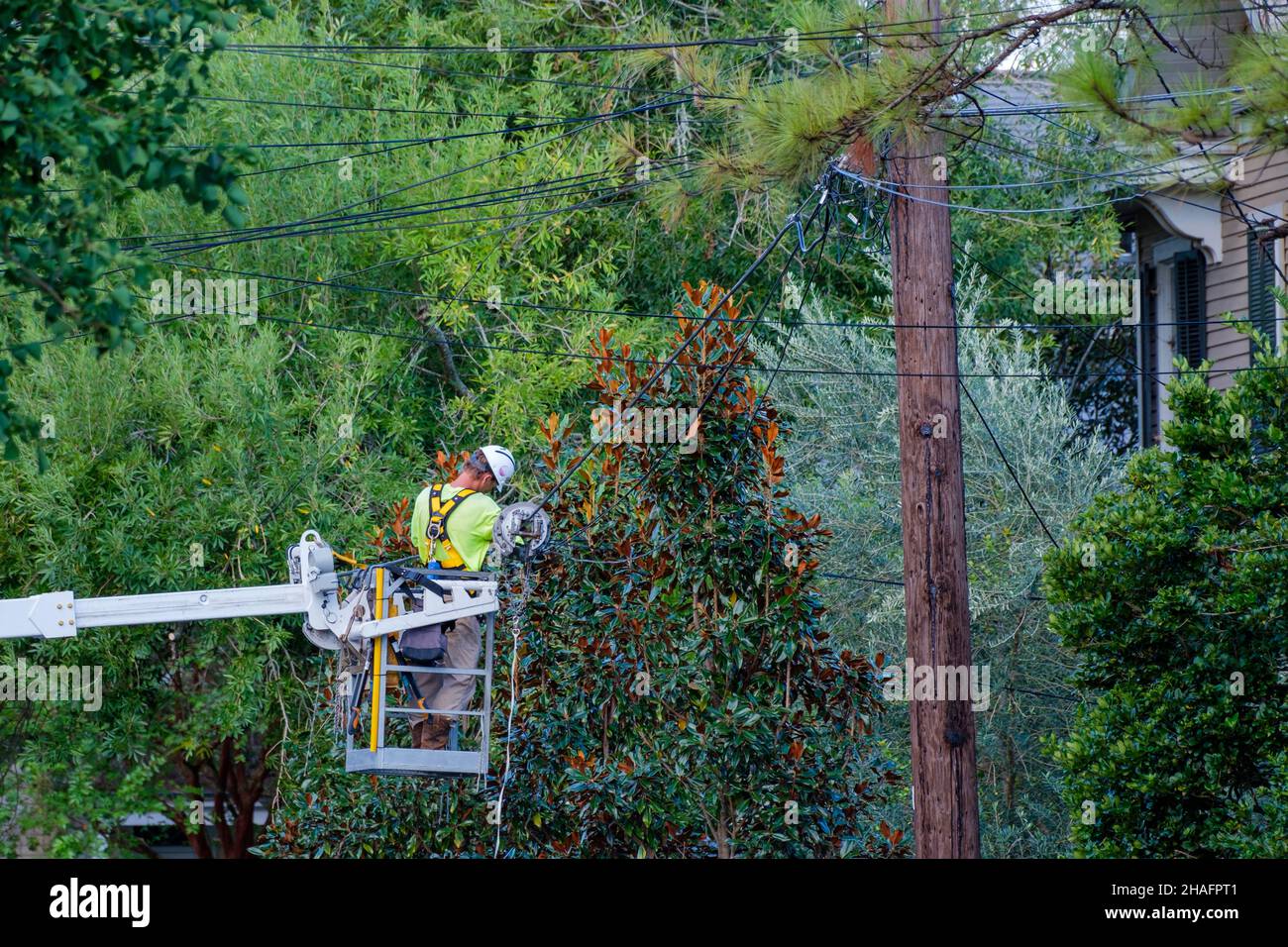

“They left their houses in the middle of the night, abandoned everything, got soaked, carried their children.

“We are racing the storm in order to get supplies to these people, because now they can’t leave, they have nowhere to go,” said Sofía Letona, director of Antigua to the Rescue, a local aid group that has distributed food and medicine to hundreds of people displaced by Eta. Now, as Hurricane Iota bears down, teams of rescuers are rushing to reach towns left stranded by Hurricane Eta. Muss said the government had not even been able to gain entry to about 100 villages hit hard by Eta, and noted that about a quarter of those are in critical conditions “because of a lack of food, because of hunger, thirst, and illness.” “I don’t think we have begun to comprehend the impact of this crisis, in terms of the humanitarian disaster.” “If Iota hits with the strength they’re forecasting, it will be chaos,” said Francisco Muss, a retired Guatemalan army general who is coordinating rescue efforts. Entire villages have lost access to potable water, food and medicine, aid groups said. Guatemala is still digging out from Eta, which left hundreds of towns underwater and displaced close to 200,000. Up to 20 inches of rainfall were also expected in southeast Guatemala, according to the National Hurricane Center in Miami. Now it would lose only about half.Īs of early Tuesday, a tropical storm warning was in effect across a part of the Honduran coastline that stretches to the Guatemalan border. In a recent study, scientists found that 50 years ago a typical storm would have lost more than three-quarters of its intensity in the first 24 hours. Scientists have found that climate change affects how hurricanes form and strengthen, and that rising ocean temperatures linked to global warming can lead storms to weaken more slowly and remain destructive for longer. “If we don’t want to see hordes of Central Americans looking to go to countries with a better quality of life, we have to create walls of prosperity in Central America.” “Hunger, poverty and destruction do not have years to wait,” said Alejandro Giammattei, the Guatemalan leader. Honduras and Guatemala were hammered by Hurricane Eta earlier this month, and both nations are expected to be hard hit by Hurricane Iota. Orlando called on the United Nations to declare Central America as the region most affected by climate change worldwide. “Central America is not the producer of this climate change situation,” the president of Honduras, Juan Orlando Hernández, said at a news conference.

Central American leaders point a finger at climate change. Duque said, flanked by relief workers in surgical masks and matching jackets.Īs of Tuesday morning, a tropical storm warning was in effect for both islands. “We’re here with a committed team of brave and patriotic Colombians who are working to deal with this emergency,” Mr. Duque said relief workers would set off for Providencia on Tuesday if conditions allowed, and that rescue personnel planned to distribute 15 tons of humanitarian aid to the archipelago that includes San Andrés and Providencia. Video footage from Cartagena, a city on the country’s Caribbean coast, showed people wading cautiously through flooded streets alongside half-submerged boats. President Iván Duque said on Monday that communication with Providencia had been “very bad” because of failures in the telecommunications network, and that the Colombian military was among the agencies helping with the relief effort. Colombian officials and news reports said that both islands had suffered electricity blackouts. Photos taken on the islands, San Andrés and Providencia, showed trees bending under fierce winds.


 0 kommentar(er)
0 kommentar(er)
